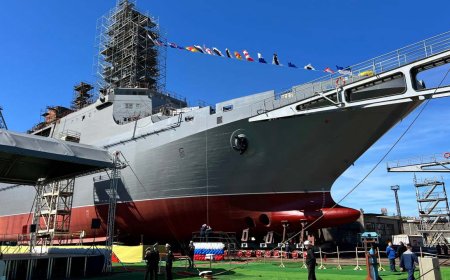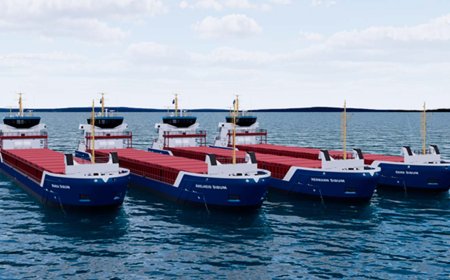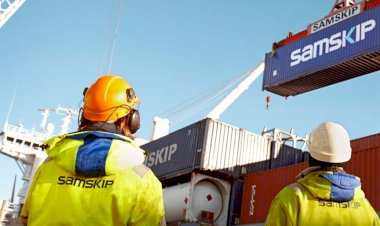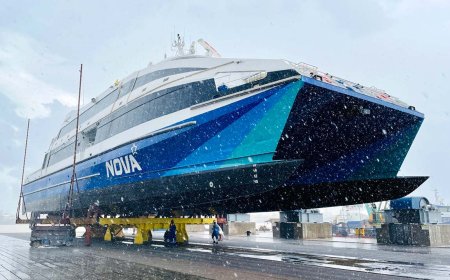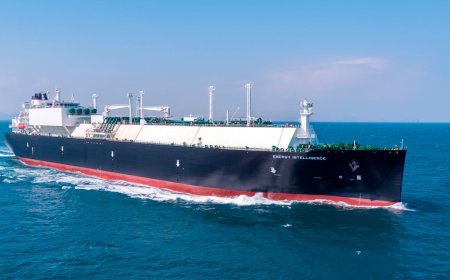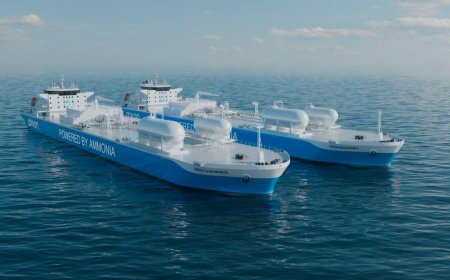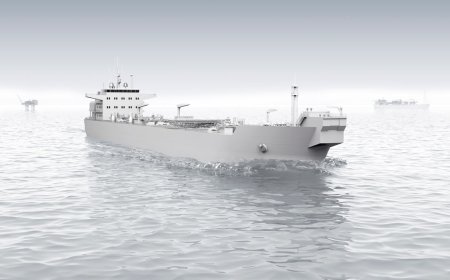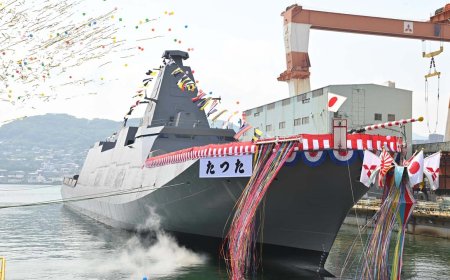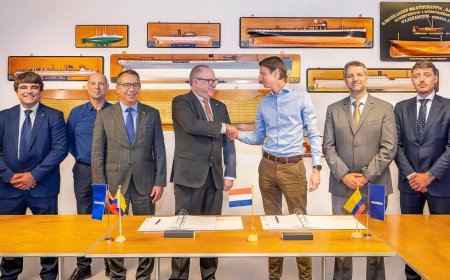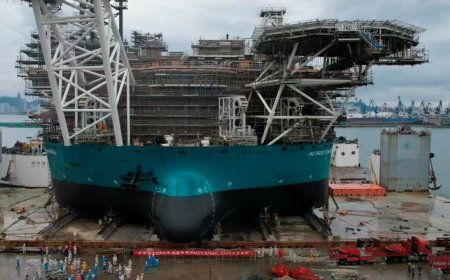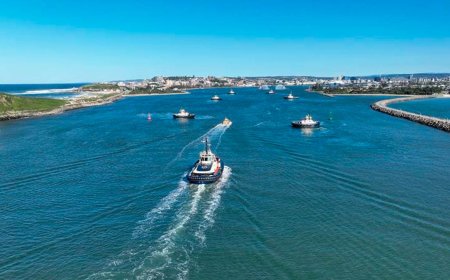Floating wind turbine “Nezzy²” passes its second test in the Baltic Sea
In the Bay of Greifswald, 180 sensors were used in 30 different measurements to establish how Nezzy² behaves when exposed to different wind directions and speeds as well as wave heights and directions.
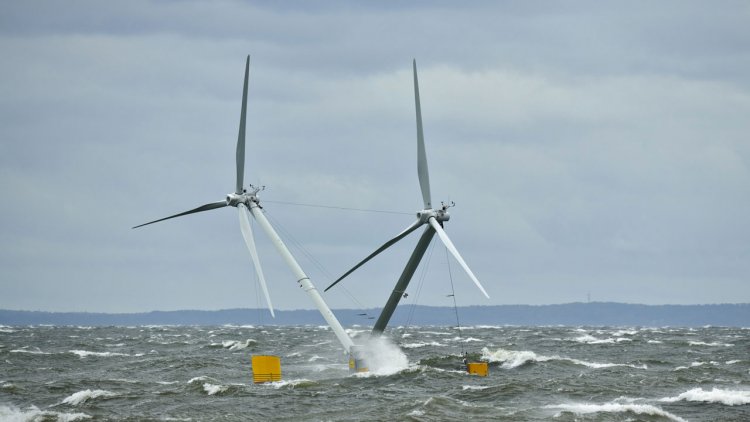
The floating wind turbine Nezzy² has successfully passed its two-month test in the Bay of Greifswald. The 18-metre-tall prototype built on a 1:10 scale consists of two wind turbines on a floating platform and is being tested jointly by the north German company aerondyn engineering and EnBW.
In the Bay of Greifswald, 180 sensors were used in 30 different measurements to establish how Nezzy² behaves when exposed to different wind directions and speeds as well as wave heights and directions. Nezzy² even withstood a storm tide in mid-October. Scaled up to the later true size of Nezzy², the wave and wind conditions were equivalent to a category four to five hurricane with waves reaching heights of up to 30 metres.
aerodyn managing director Sönke Siegfriedsen says:
“For one and a half days, we were able to observe how Nezzy² remained stable in the water in extreme weather conditions. Our tests have shown that our model is now ready to be tested in the sea on a full-size scale.”
Prior to the test in the Baltic Sea, Nezzy² was tested in a flooded gravel pit in Bremerhaven.
Until now, offshore wind turbines have been anchored to the seabed with solid foundations at a maximum water depth of 50 metres. With floating wind turbines, new countries and sea regions at greater depths can now be considered.
Hannah König, head of wind and maritime technology at EnBW, explains:
“We want to use the floating wind turbines ourselves for our international offshore projects. That is why we are really delighted that this technology can now be further developed with our support.”
The 1:10 scale model has now been dismantled. Over the coming weeks, the recorded data will be evaluated. The findings will then be incorporated in the design of the 1:1 scale model, which is set to be tested in China at the end of 2021 or start of 2022.
